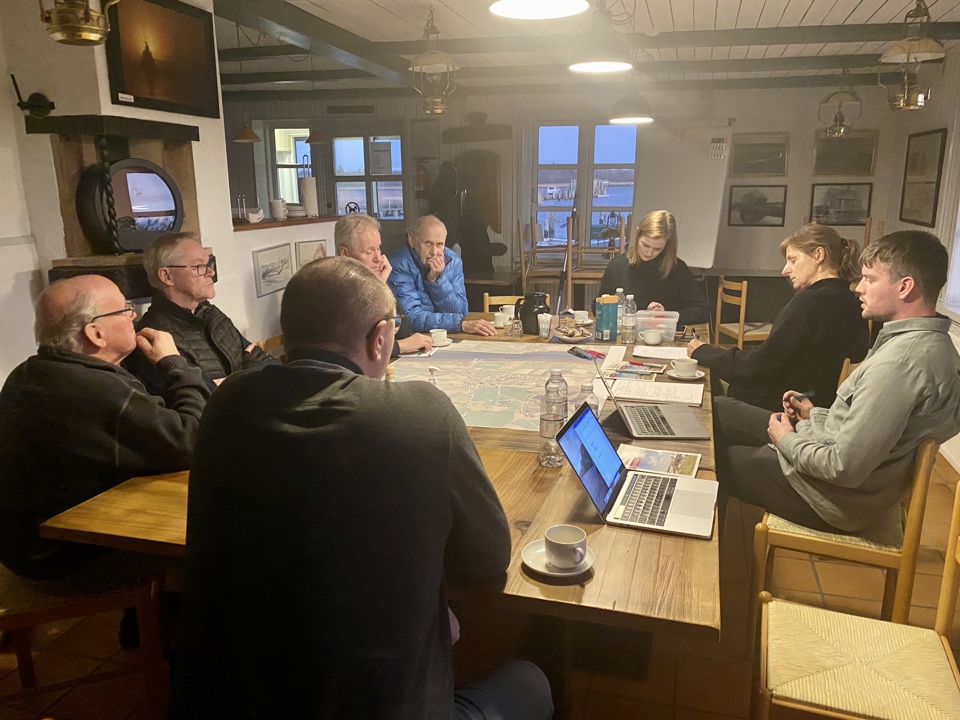Article
Creating the framework for good cities
Morten Kirkeby Petersen works as an urban planner in Hele Landet – Sociale Arkitekter. He helps turn dreams into reality when strategy and big ideas need to be implemented in the real world.

Article
Morten Kirkeby Petersen works as an urban planner in Hele Landet – Sociale Arkitekter. He helps turn dreams into reality when strategy and big ideas need to be implemented in the real world.

When sleepy villages are given new life, disadvantaged residential areas a face-lift, or gloomy urban centres are made green and vibrant, there are usually many ideas, special interests and power brokers who all want to make their own mark on big projects. To ensure that the process takes place democratically and sustainably, it is often a good idea to have a strategic urban planner on board. One such person is Morten Kirkeby Petersen.
As an advisor and urban planner at the firm Hele Landet − Sociale Arkitekter, he spends a large part of his working life collecting knowledge about local wishes and needs, interpreting them in terms of the Planning Act and the social aspects of change to urban spaces, overall effects and political objectives. He thus helps ensure that urban development projects get off to a good start and can be brought to fruition – even before the first lines are put on the architect's drawing board.
− You could say that what I do is everything needed to ensure a good, well-thought-out foundation before the architects start being creative, he says.
With a Master's degree in Urban Planning from Aalborg University, he is trained to look at modern urban planning projects in their entirety and to transform complex analyses into more down-to-earth concepts. As a rule, urban renewal projects must meet an overall strategy, but in order to translate visionary ideas about, for example, a better local environment in a town or more life in an urban centre, Morten Kirkeby Petersen spends time talking to the people who will live in the city.
− It’s important that the people who live in the city have a say in the project and ownership of what’s going to happen. That they are heard. And that their wishes are taken into account. Not necessarily exactly, but in a way that makes sense for the overall strategy and can actually be done, he says. Morten Kirkeby Petersen works in a targeted way with citizen involvement and bringing the different actors together to exchange ideas.
He also uses his in-depth knowledge of decision-making processes, sociology and legislation to develop a strategy that clearly describes the goals the project should achieve and how to reach them.
− The entire process between allocating a pool of money to do something good in an urban space and the architects starting to draw is hugely important for a good result, he says.

As an urban planner, Morten Kirkeby Petersen is aware of his role as a strategist with the big picture, as well as the responsibility for implementing the project he organises for the architects and contractors.
− I’m most interested in how we solve the big societal problems. I think it is important to do the analyses that can lead to the right solution. If the people who have to translate the strategy into concrete projects don’t understand it, I haven’t done my job well enough, he says.
However, he needn’t worry about this, says the founder of Hele Landet –Sociale Arkitekter, Sille Askefrø.